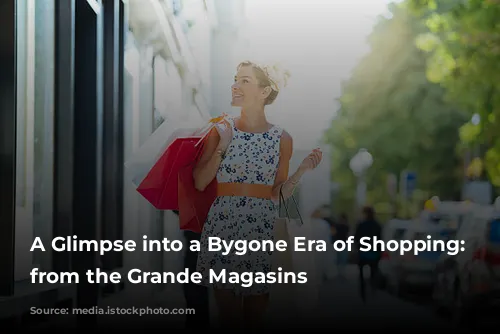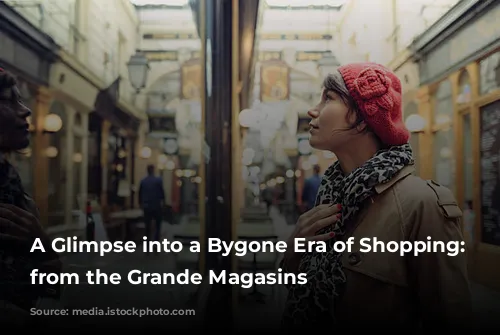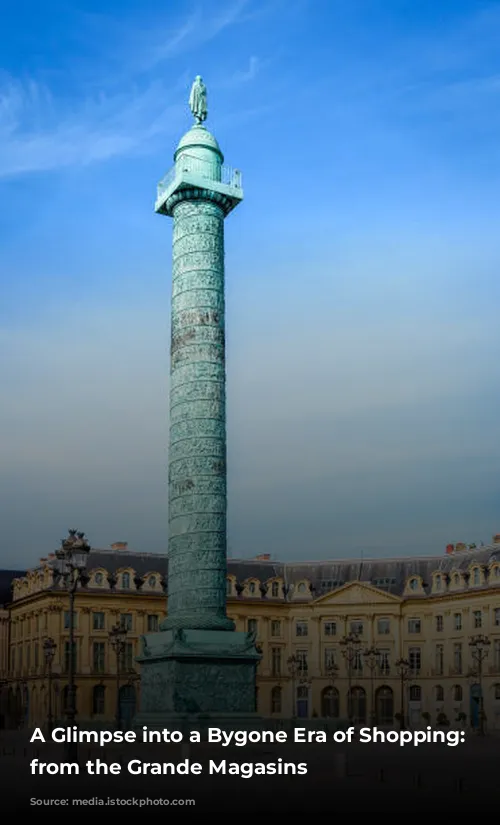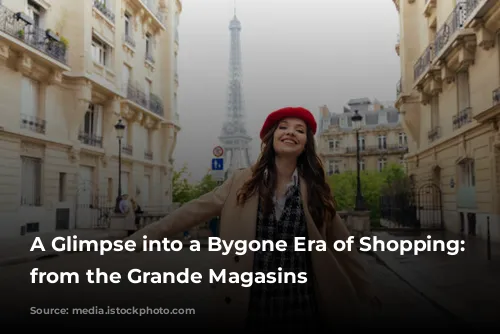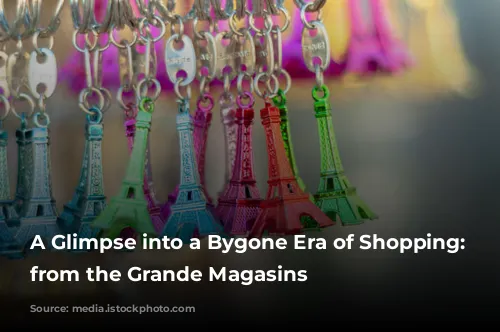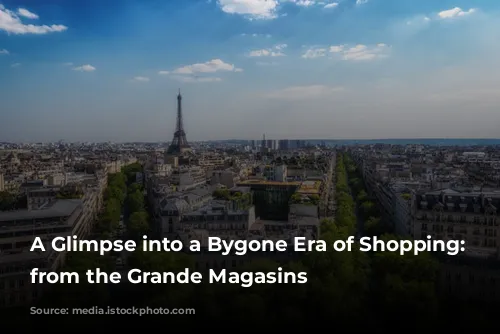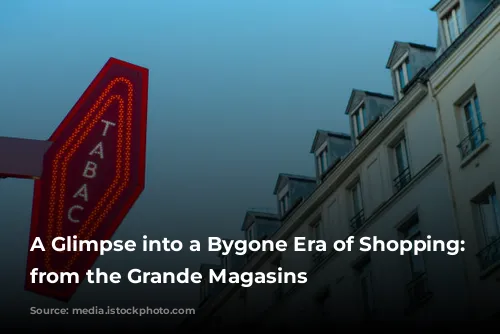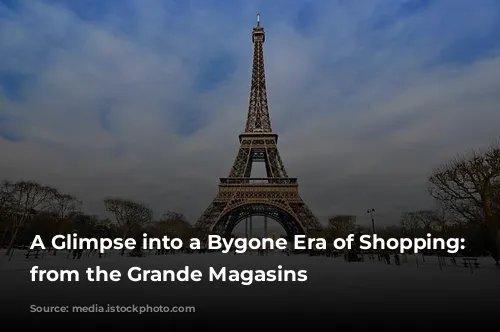Imagine this: The top floor of a famed Parisian department store, La Samaritaine, is transformed into a beach paradise, with champagne-branded deckchairs overlooking a digital sunset. Below, a futuristic beauty bar offers LED face masks, promising ageless beauty. And amidst the dazzling spectacle, stuffed mascots in the form of grinning revolutionary hats beckon shoppers to an immersive Olympic experience.
This is the new La Samaritaine, a testament to luxury and innovation. But in this grand temple of modern shopping, there’s a glaring absence – customers.
La Samaritaine, a Parisian icon, was once a place where you could find “everything”, from lingerie to lawnmowers. However, after being acquired by the luxury conglomerate LVMH, it underwent a controversial 16-year renovation costing €750 million. The result is a gleaming department store that also houses a five-star hotel.
But three years after its reopening, La Samaritaine faces a struggle. Tourists snap pictures of its art nouveau atrium, but few linger to buy. This isn’t an isolated phenomenon. Across the globe, department stores are seeing dwindling numbers, forcing many to adapt or close down.
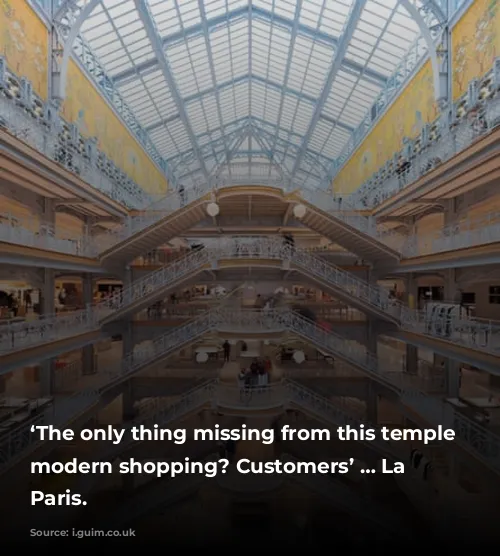
The Rise and Fall of the Grande Magasins
The current state of department stores starkly contrasts with the golden age of the French capital’s “grands magasins”. These opulent temples of consumption were born in the 1850s, during the economic boom of Napoleon III’s Second Empire. They were dazzling spectacles, with vaulted glass ceilings, gilded chandeliers, and processional staircases, designed to impress the newly wealthy bourgeoisie.
These “cathedrals of commerce” were built on an epic scale. Crespin-Dufayel, for instance, occupied over two and a half acres and employed 15,000 people. Their interiors, inspired by opera houses, were theatrical stage sets, where the rising social elite would gather to be seen.
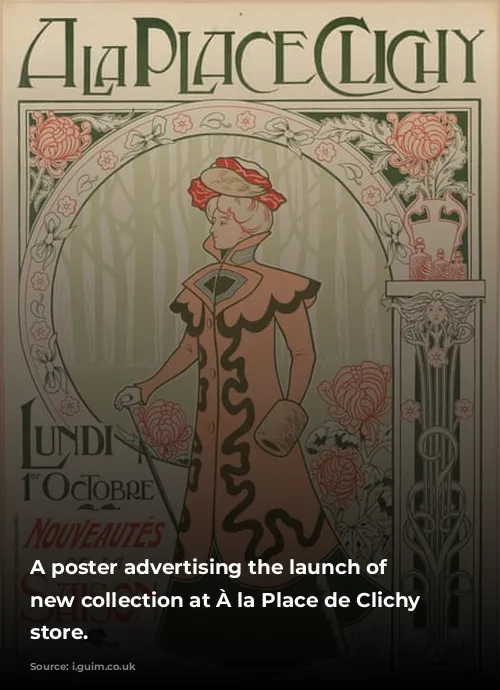
A Haven of Freedom and Luxury
The “grands magasins” were more than just shops; they were havens of freedom and pleasure, designed to encourage customers to linger. Women, newly liberated from the constraints of traditional society, could relax and socialize, a concept captured beautifully in Émile Zola’s novel, “The Ladies’ Paradise”.
Customers were treated as guests, with no pressure to buy. This revolutionary approach, combined with lavish interiors and intriguing product displays, fostered a sense of excitement and desire, making shopping a captivating experience.

The Birth of Fast Fashion and Marketing
The “grands magasins” played a pivotal role in shaping modern consumerism. They pioneered sophisticated sales techniques, introducing “special sales exhibitions”, monthly sales periods, and advertising campaigns, all designed to boost sales and drive a sense of urgency.
This was the dawn of fast fashion, where trends changed quickly, and customers were encouraged to stay ahead of the curve. The “grands magasins” also embraced the power of advertising, promoting “La Parisienne”, the epitome of chic and independent style, cementing Paris as the global capital of fashion.

The Legacy of the Grande Magasins
The “grands magasins” also revolutionized shopping with the introduction of mail-order catalogues. These beautifully illustrated guides offered a wide range of goods, from umbrellas and canes to tennis rackets and bicycles, bringing shopping directly to customers’ doorsteps.
While the “grands magasins” were undeniably successful, they also ushered in an era of unbridled consumerism. The exhibition reveals the darker side of this legacy, highlighting the exploitative supply chains, environmental impact, and increasingly targeted marketing, particularly aimed at children.
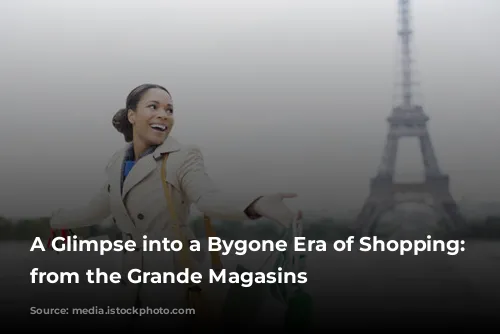
Reimagining the Department Store: From Consumption to Community
If the days of the traditional department store are numbered, what comes next? The “grands magasins” stand as a reminder of the power of space, design, and community.
Perhaps their legacy can inspire us to create new kinds of urban public arenas – spectacular, enriching spaces that foster learning, creativity, and connection, rather than solely focusing on consumption. Just as libraries have become hubs of learning and community, could these grand palaces of consumption be transformed into living rooms for the modern city?
The “grands magasins” have a rich history, a history that can teach us about the evolution of shopping and the impact of consumerism. As we look towards the future, their story can serve as a reminder that spaces can be so much more than just places to shop; they can be vibrant, evolving spaces that connect us and enrich our lives.
